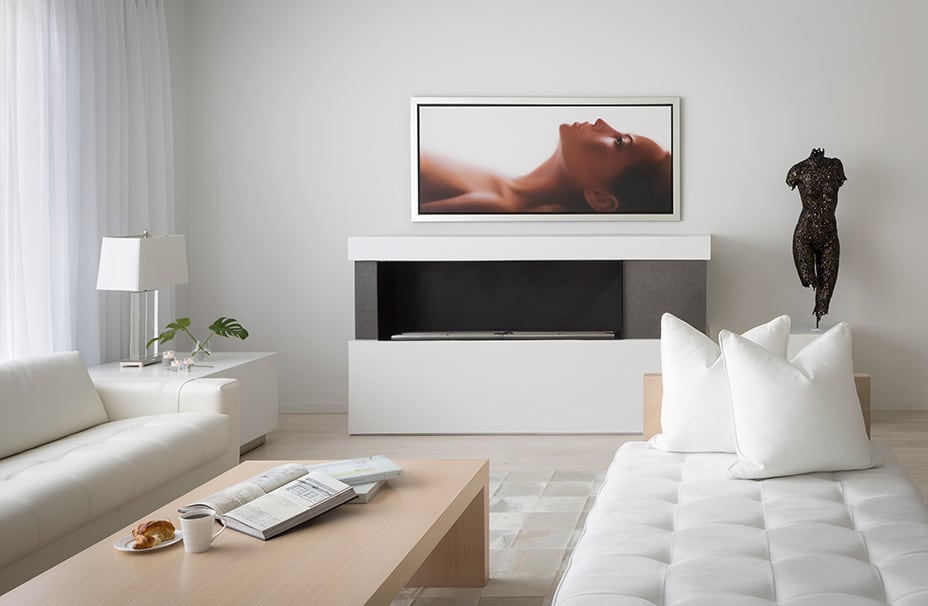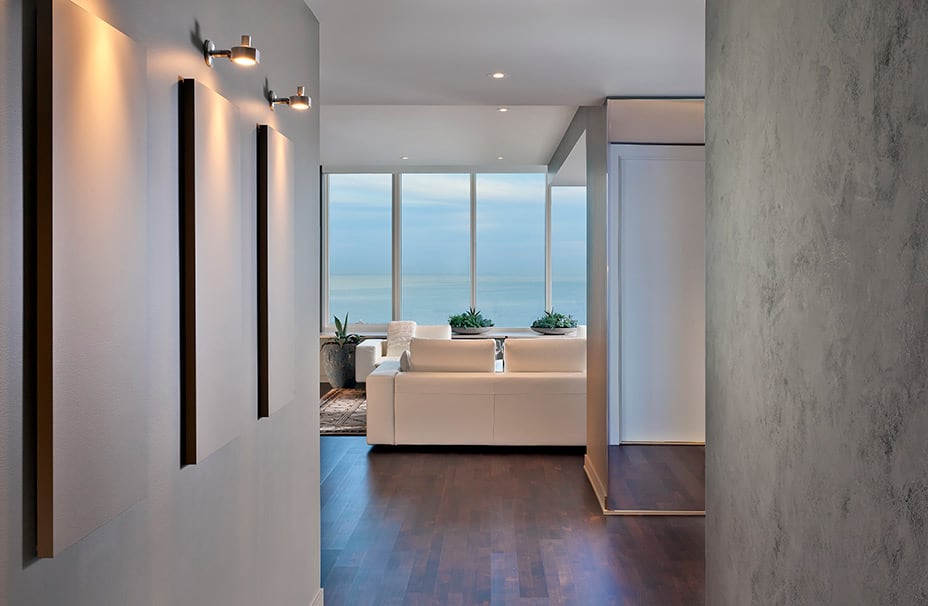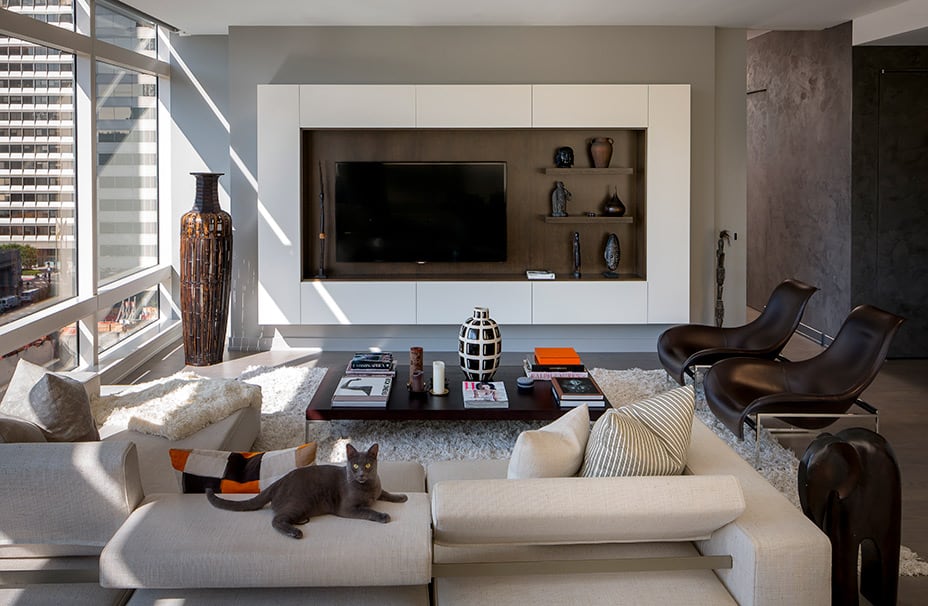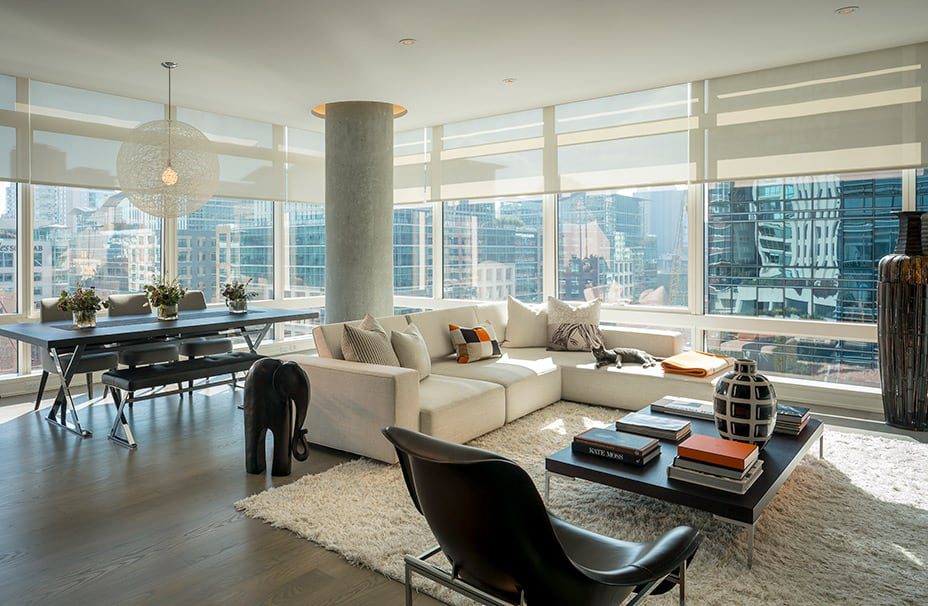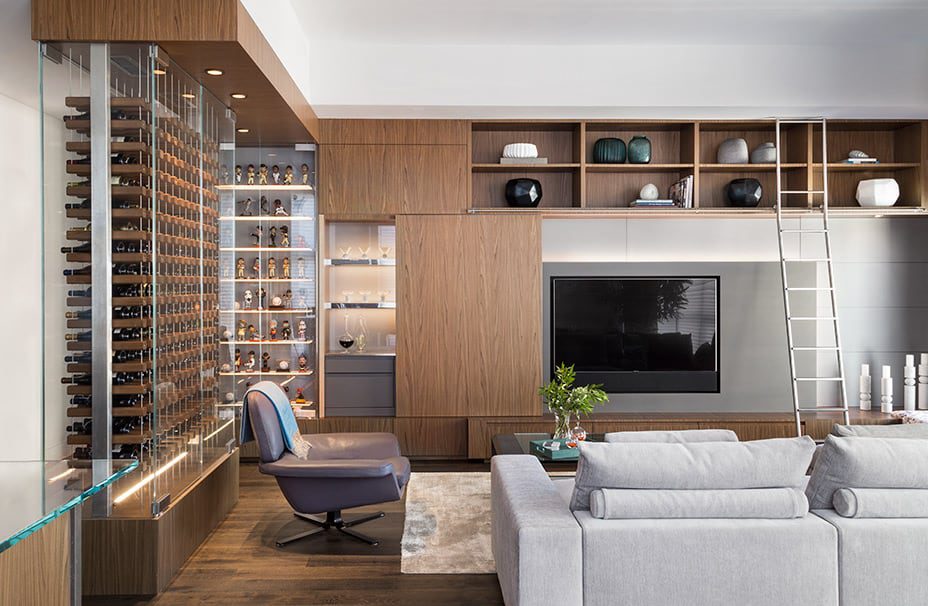Cindy Bayon is the founder of the San Francisco design firm Bayon Design Studio, Inc. BDS specializes in full-service interior design with a focus on high-end modern environments which are livable and comfortable. We sat down with Cindy to discuss how BDS was created, her design aesthetic, and how she puts client before ego.
Can you tell us how BDS was conceived?
My path was unique from the typical interior designer experience. Bayon Design Studio was essentially conceived overnight when I finally decided to utilize all my skills and drive to create my own business vision. I worked for a great general contractor (Rich Muratore) over a 13 year period, he was also a valuable mentor that I’ll be forever indebted to. I built the design department and was given the tools and responsibility that essentially allowed me to run it almost independently within the business. I was expected to bring in projects, design the project, construction estimate our design, and then work collaboratively with the construction crew. Although I loved the tangible part of the design-build process; I knew I wanted to begin to focus on my passion for design as well. The confidence to leave a well respected company resulted in me building Bayon Design Studio, which I’m so very proud of. So, my construction experience coupled with my design experience gave me a unique set of skills that has impressed many of San Francisco’s design-oriented clientele.
What word(s) would you use to describe your aesthetic, and how is it integrated into your projects?
Our projects lean towards contemporary with a touch of urban influence. When it comes to furnishings, my belief has always been that less is more. I prefer unique, custom, high quality pieces that stand alone and allow the clients to feel the presence of the space. But, as a designer for many of the most unique and creative individuals I have ever met, I am careful to incorporate the clients desires with regards to furniture and furnishings. Ultimately, my design goal is to make the client happy not my ego.
“Ultimately, my design goal is to make the client happy not my ego.”
Can you explain your process when beginning a new project?
We always begin with the thought of designing a home for the client. Which means, I try to prioritize my clients needs first and then cast those needs into the mold of the aesthetic. I believe it is important to understand their personality, how they live, and how they & their family use the home. For me each successful design project is similar to conducting a new experiment and during that process I always lean on my research while trying to expose myself to new ideas that benefit our client’s lifestyle and needs.
Tell us more about designing the interior of a yacht — was it much different than designing for a landlocked home?
Projects in high-rise condominiums where space is a premium shares similarities with the space concerns of a yacht. Yet, larger homes and the spaces within require contrasting yet complementary elements, which help to create visual beauty. Also, even though every square inch counts, each room should serve its function. On a yacht, it’s important to constantly think about weight of materials, flexibility of function, durability, and safety, which happens on residential projects too. A yacht is a luxury vessel, but it is more than that, it’s an escape from the daily routine, so it should bring a sense of calm while not taming the excitement that the ocean elicits. So coming home from a long day at the office and walking into your home should provide a similar sense calm while sparking a sense of excitement.
What would you consider to be the biggest change in the field of design since you opened your firm?
There is an expectation that the design process is a quick turn-key experience due to new software and online furniture purchases. My clients are savvy & something I have noticed is the more informed they are about the design process the more they respect that it takes time and effort than they originally imagined. With that said, I am constantly looking for processes and systems to help me run a more efficient and smarter company.
Have there been any notable influences on your career?
My projects are always an intimate process between the client and myself, so I enjoy the clients that choose to stay involved. I also understand and value the clients that aren’t able to stay in touch with the project and they appreciate that I am interested in essentially project managing as their representative. My customers are some of the most successful individuals in their industry and to interface and spend the amount of time I do with them helps me understand how they live. So my work and thought process has been heavily influenced by my clients.
If you were to give your younger self advice in regards to a career in interior design what would it be?
I’d like to remind myself that success is not easy nor is it just handed to you, the daily grind of serving those you interface with, be it Contractors, Architects, Clients, or Building Staff is a critical part of success. It’s important to surround yourself with positive and talented people even at the expensive of accepting certain jobs from time to time. Also, don’t be afraid of the “small tasks” because they can at times lead to relationships or future opportunity without you ever intending that to be the case.

